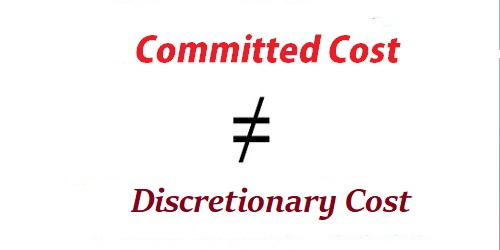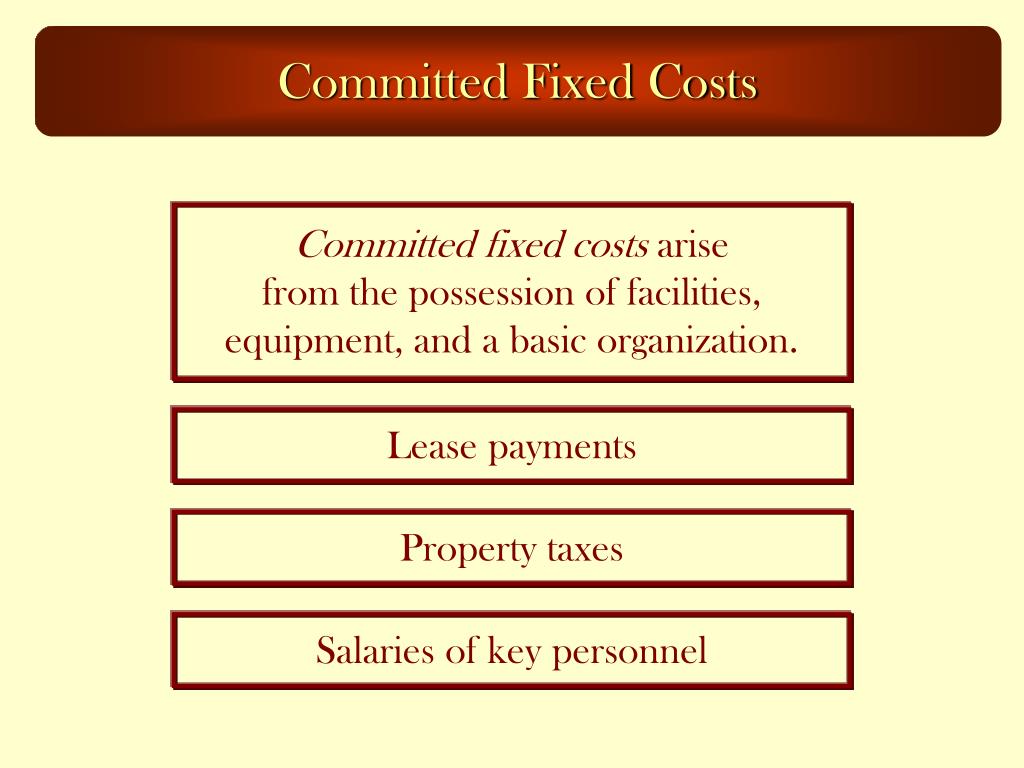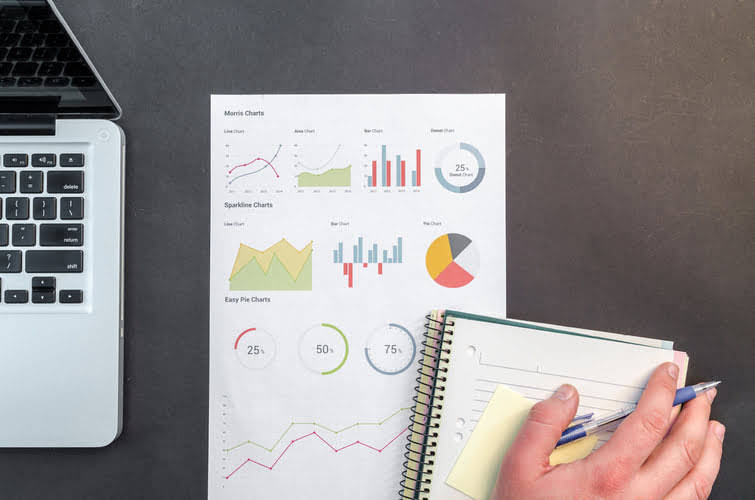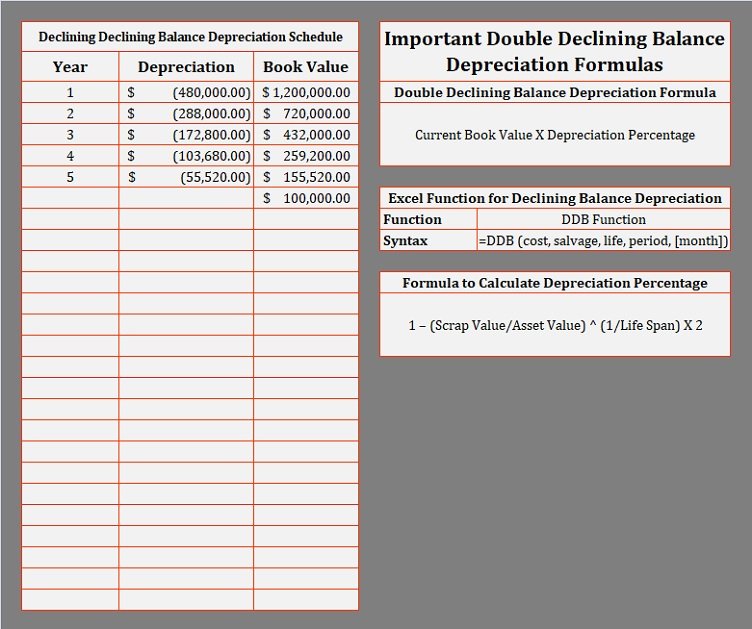
Since the invoice number is a unique record number assigned sequentially, both the buyer and the seller refer to it for tax and accounting purposes. There is no specific rule on how to set up your invoice number format. If you use an online invoicing software like Hiveage, you will have the option of choosing from a set of standard options, or defining your own. The software will also take care of automatically incrementing the invoice number sequence, so that you never accidentally duplicate the number of invoices. Recording invoice numbers is crucial for maintaining accurate accounting records.
How to assign alphanumeric invoice numbers
Employing an effective numbering system helps avoid confusion, making it easier to find specific invoices when needed. If you do business with recipients in other countries subject to stricter invoice regulations, having a correct invoice number is very important. Following these steps will help you create a comprehensive and professional invoice that clearly communicates your business’s services, prices, and payment terms.

Benefits of learning how to number invoices properly.

Continually changing your unique invoice number methodology creates confusion for you and your customers. The layout of the invoices vary between vendors, but they all follow a common general standard. Balancing flexibility and consistency is crucial in invoice numbering. The chronological numbering method ensures smooth financial management while aiding in record-keeping for each accounting period. By adhering to these essentials, invoice numbering can contribute significantly to smooth business operations, proving a vital tool for effective financial management.
- This will provide you with a professional and visually appealing layout that is easy to read and understand.
- Mistakes or incorrectly numbered invoices be problematic, and may result in duplicate invoice payments.
- By adhering to these essentials, invoice numbering can contribute significantly to smooth business operations, proving a vital tool for effective financial management.
- Using a free invoice template can simplify the process of creating your next invoice.
What is an Invoice Number? [+ 4 Practices to Create it]
However, this time, your client insists that they paid only £1,500. Now that you have a good idea why invoicing and invoice numbers are important, you’re probably curious about the best ways to assign them. In the next section, we’ll explain how to assign invoice numbers, what the best practices are, and how QuickBooks can help with managing invoices.

Invoice number is important for businesses to meticulously record invoice numbers, aiding in the creation of organized invoices and facilitating seamless financial operations. The process of creating invoices becomes simpler and more accurate, underscoring the importance of robust invoice numbering. Invoicing-generating software offers specific functionalities for managing invoice numbering. It allows customization of invoice number formats, enabling businesses to incorporate elements such as prefixes, suffixes, or client identifiers. This flexibility ensures alignment with the unique requirements of the business.
- Ultimately, it’s always wise to do what’s best for your business—that’s why we’ve built QuickBooks invoicing software to be intuitive and customisable.
- An advantage to using a system like this is that it automates the process for you, and frees up your time for your actual freelance work.
- Many factors can influence how a business formulates invoice numbers.
- We recommend that you design a unique invoice numbering system that best suits your processes.
- Hence, keeping a detailed inventory of invoice numbers can help you identify if all invoices have been recorded or if there are missing invoices.
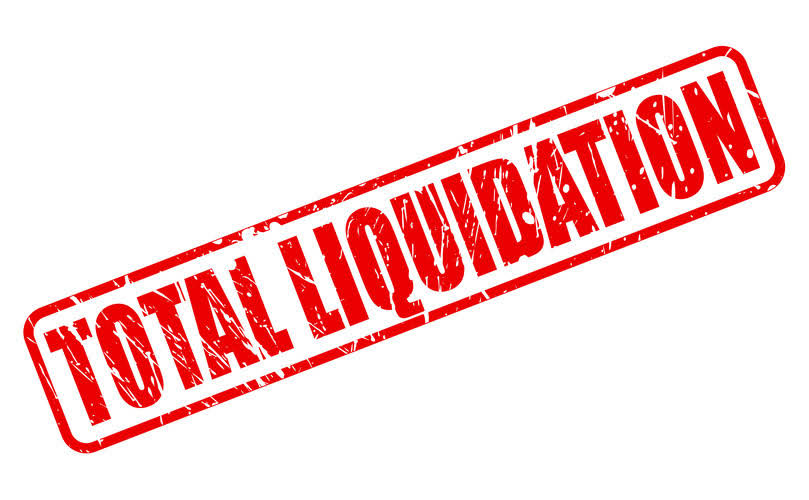
Let B12 set up your professional online presence with everything you need to attract, win, and serve clients. To protect both parties involved, consider including terms and conditions on the invoice. This can cover aspects invoice number meaning such as the scope of work, warranty or refund policies, and any penalties for late or non-payment. Clearly communicate these terms to ensure transparency and to avoid any potential disputes or misunderstandings.
- An invoice number is a unique numerical identifier typically listed at the top of an invoice, included to make transactions easier to identify, track, and record.
- Most of the time, businesses would have to change their original invoice numbering system as the company expands and needs to be more organized.
- According to SAP Concur, duplicate payments cost small startups as much as $12,000 a month.
- Furthermore, a well-organized invoice numbering system significantly enhances financial management.
- If multiple invoices are issued on the same day, the tail end of the invoice numbers can differentiate each of them.
- There is no specific rule on how to set up your invoice number format.
- Lastly, proper invoice numbering ensures compliance with legal and tax regulations.
- Simply ordering invoices from “1” can get confusing as you scale up your operation.
- Once you start with these short numbers, it might confuse you as your operation grows bigger and you begin writing more professional invoices.
- Using zeros before your sequential invoice numbers, systematically set up your invoice to cater to a high number of subsequent invoices.
- The next invoice number should be a sequential number that’s easy to keep track of.
- However, you also need to overcome many invoice sequencing errors, as they may lead to payment duplication.

